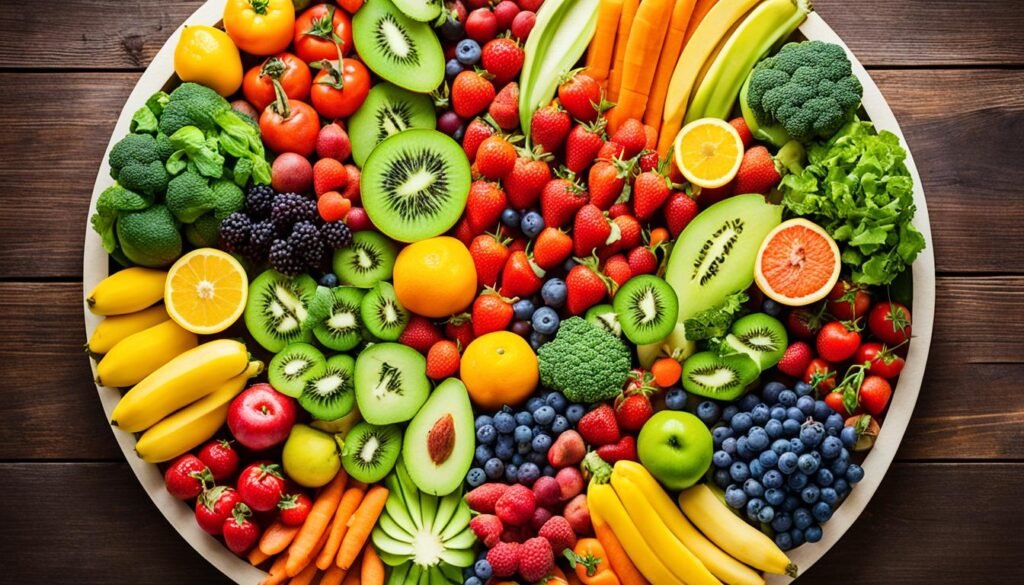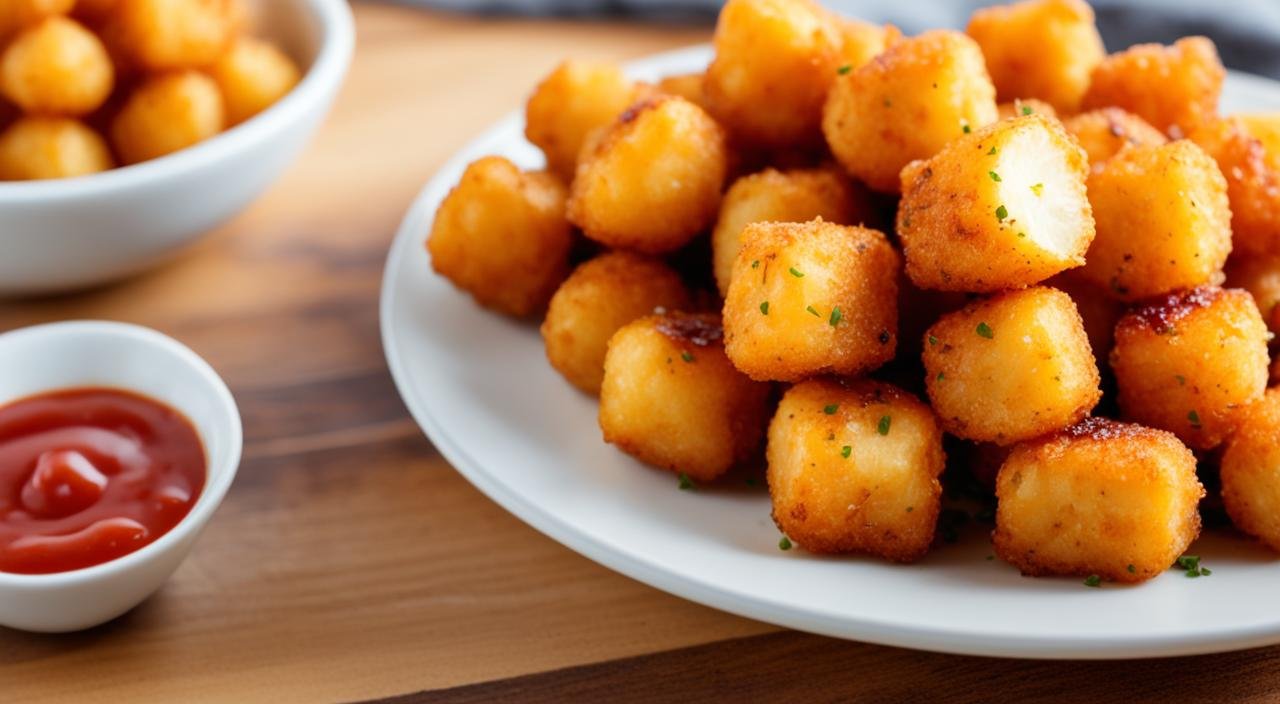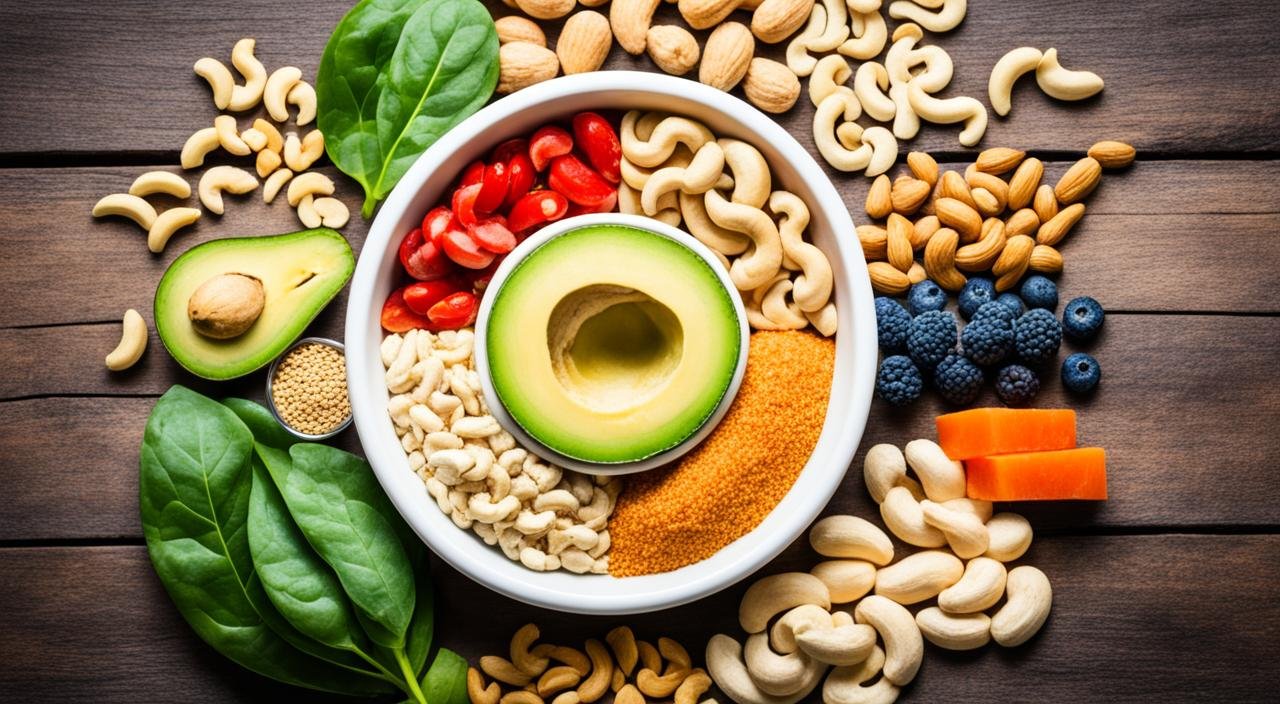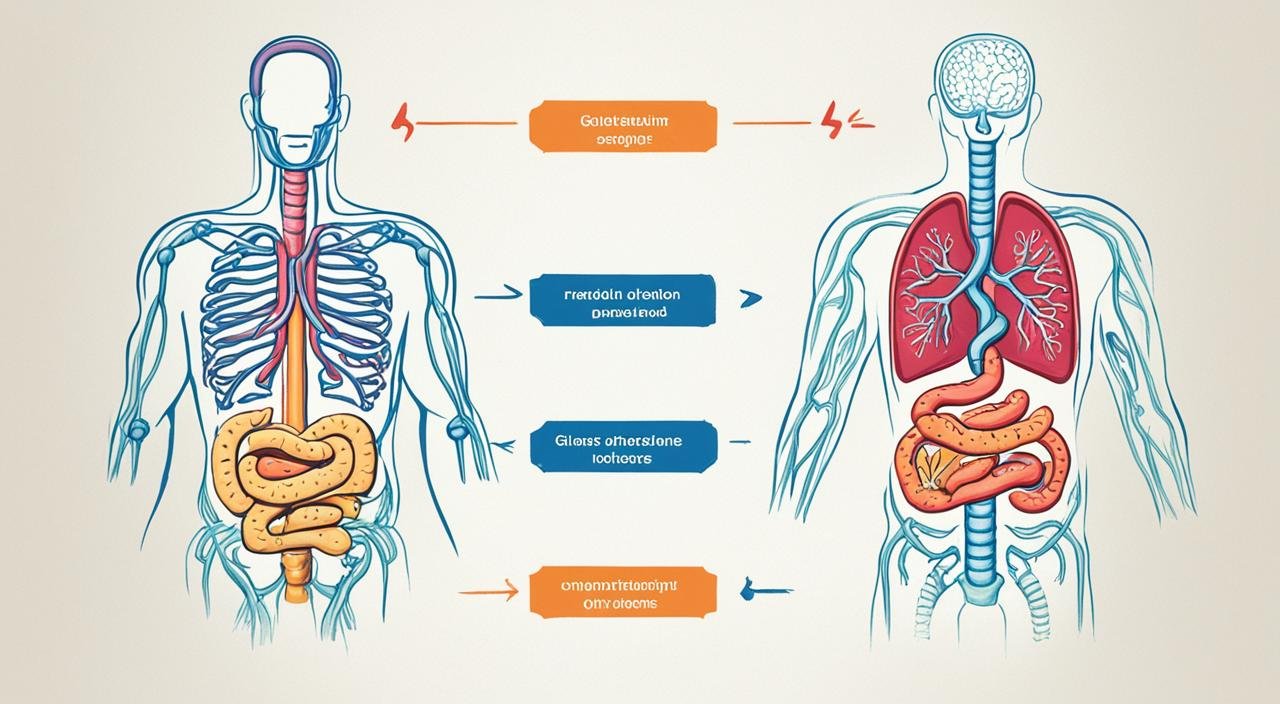Do you struggle with a gluten issue like celiac or a wheat allergy? Navigating foods that have gluten can be hard. But our guide is here to help you stay away from gluten products. You can keep a healthy diet and avoid risks with confidence.
Gluten is a protein found in grains like wheat, barley, and rye. It’s tough for those with celiac disease, non-celiac gluten sensitivity, and wheat allergy. It can cause digestive problems and autoimmune reactions. But knowing what to eat and what to avoid helps. You can control your health and live a great gluten-free life.
Key Takeaways
- Gluten is found in common grains like wheat, barley, and rye, as well as many process foods and baked goods.
- Celiac disease, non-celiac gluten sensitivity (NCGS), and wheat allergy are gluten-related disorders that require a gluten-free diet.
- Avoiding gluten-containing foods and being aware of hidden sources of gluten is crucial for managing these conditions.
- Naturally gluten-free foods, such as fruits, vegetables, and certain grains, can be enjoyed as part of a balanced diet.
- Planning ahead and being vigilant when dining out or shopping can help ensure a safe, gluten-free experience.
Understanding Gluten Intolerance
Gluten intolerance covers celiac disease, non-celiac gluten sensitivity (NCGS), and wheat allergy. These make people follow a diet free of gluten for health reasons.
What is Celiac Disease?
Celiac disease attacks the small intestine when you eat gluten. This causes damage and stops nutrients from being absorbed. People with celiac must avoid gluten to stay healthy.
Non-Celiac Gluten Sensitivity (NCGS)
People with NCGS get sick from gluten but don’t have celiac’s serious reaction. We don’t fully know why this happens, but not eating gluten can reduce symptoms.
Wheat Allergy vs. Gluten Intolerance
Wheat allergy makes you allergic to wheat proteins, causing severe issues like anaphylaxis. It’s different from gluten intolerance. People with a wheat allergy might handle other grains with gluten better.
People with any form of gluten intolerance need to avoid gluten. They should talk to a doctor about what’s best for them and plan their diet accordingly.
Grains and Foods Containing Gluten
On a gluten-free diet, it’s vital to know which foods have gluten. This includes wheat, barley, and rye. There’s also triticale. It’s a mix of wheat and rye.
Foods like farina, spelt, kamut, and bulgur are no-goes too. These come from the grains mentioned above.
Gluten-Containing Grains
Wheat, barley, and rye have gluten. So does triticale. If you have celiac disease or can’t eat wheat, avoid these. This is key to staying healthy.
Keep these gluten-containing grains off your plate. It’s important for anyone with gluten problems.
Breads, Crackers, and Wraps
Be careful with bread, crackers, and wraps. If they’re made with wheat, barley, rye, or triticale, they’re off-limits. Always check labels. This helps you avoid gluten.
Condiments with Hidden Gluten
Watch out for gluten in sauces and dressings. This includes soy sauce, barbecue sauce, salad dressings, and marinades. Look at the ingredients. And choose gluten-free options.
Gluten Products To Avoid
Baked Goods
If you can’t eat gluten, stay away from treats like cakes and cookies. Also avoid pastries, pretzels, doughnuts, and muffins. Pancakes and waffles are usually made from wheat or grains with gluten.
Wheat-Based Pastas
Pastas made from wheat, like spaghetti and dumplings, are not safe for gluten-free folks.
Snack Foods
Watch out for snacks such as pretzels and granola bars. Cereal, energy bars, and chips can have gluten, too.
Beverages
Don’t forget about drinks. Some beers, wine coolers, and certain coffee drinks might contain gluten. Always check the label.
Processed Foods and Other Items
Even processed foods can trick you. Meat substitutes, lunch meats, and some cheeses might have gluten. That’s why you should always read the label.

Naturally Gluten-Free Foods
Having a gluten intolerance might sound hard at first. But, there are plenty of good foods you can eat. This includes fruits, veggies, beans, some grains, meats, nuts, and certain spices. These are perfect for a gluten-free life.
Fruits and Vegetables
Enjoy fresh fruits and veggies freely. They are packed with vitamins, minerals, and fiber. Pick from a rainbow of options like apples, berries, greens, carrots, and zucchini for every meal.
Legumes
Legumes are full of plant-based protein and fiber. They also have no gluten. Soul up salads, and soups with beans, lentils, peas, or peanuts for a healthy boost.
Gluten-Free Grains and Grain Products
Check out grains like quinoa, buckwheat, millet, and rice. They’re good as is or in recipes. Use them whole, ground, or in dishes for a tasty change.
Animal Proteins
Meat, fish, poultry, eggs, and dairy are safe from gluten. These offer top-notch protein for your meals. Make them a key part of your gluten-free eating plan.
Nuts and Seeds
Nuts, seeds, and their butters make great snacks or meal adds. Think almonds, walnuts, chia, and flaxseeds. They’re full of nutrients and gluten-free.
Seasonings and Condiments
Spice up your dishes with herbs, spices, apple cider vinegar, and others. Things like pesto, salsa, and hummus are also good. They’re all gluten-free and add lots of flavor.
Healthy Fats and Oils
Adding healthy fats and oils makes your meals more satisfying. Think olive oil, avocado oil, and full-fat dairy. They bring important nutrients to your gluten-free diet.
Millet is safe for most people who can’t eat gluten. <=> Some snacks are okay if you can’t eat gluten.

With so many options, sticking to a gluten-free diet is easier than ever. You can have a varied and delicious diet that keeps you healthy.
Dining Out and Shopping Tips
Eating out can be tough for people with gluten issues, but it’s doable. Check with restaurants about your needs and ask for gluten-free menu options when you go out. Avoid dishes that are fried, breaded, or have risky sauces.
When it comes to shopping, go for items from trusted brands. Brands like Simple Mills, Purely Elizabeth, and Jovial Foods are good choices for gluten-free products. Make sure to read labels and stay away from possible cross-contamination.
Planning before dining or shopping is key. It helps make your gluten-free journey smoother. And apps like FindMeGlutenFree and GlutenDude can guide you to safe gluten-free restaurants.
Another helpful resource is the Allertrain program from Menutrinfo. It trains restaurant staff on handling food allergies and gluten sensitivities. You can find a list of certified places on their site.







